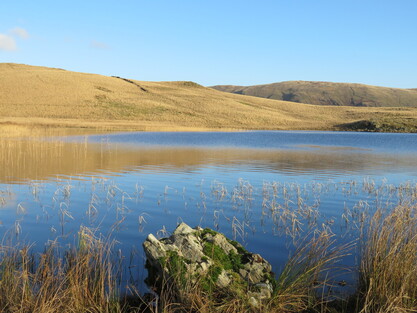 Skeggles Water
Skeggles Water Skeggles Water is a slow reveal, hidden amongst low fells, screened by last summer’s tall sedges in rough-and-tumble tussocks. Hydro sere, where becks flow into the tarn and reeds take hold in shallow water. Hydro sere, where water and vegetation merge and intermingle. Skeggles Water has hidden depths who knows where? Terra firma is not the nature of hydrosere. Tarns appear and disappear, ephemeral. In summer, a weave of aquatic plants hides the tarn in a shimmer of green..
Coincidence is all. Lucky to chance upon goosander when the sun worked magic on Skeggles Water.
And almost at the last moment there comes another lovely interlude. A stonechat calls and as we stop to find it we are drawn into the pulsing life of the scene. It's a sheltered spot. A beck flows off Staveley Head Fell, hidden in a gully fringed with the dense cover or gorse or juniper- too far off to be sure. A flock of starling glints in flight and alights in a tree top. They sweep about the rough pasture and settle in a tall larch back-lit by an evocative light. Rain is in the air, the finest rain. And a rainbow arcs over the scene, faint at first, then brighter. Iris, non sine sole. I hear fieldfare, glimpse them, hope to find them amongst the starling but they feed in the hawthorn and take flight as we drive home along the track.
I’ve known his poem for as long as I can remember but it reads differently in the context of our times. with greater poignancy. He hopes never to lose his own sense of wonder. We must hope not to lose the source of wonder that is the natural world, an abundance our ancestors might take for granted.
New Year 2020 and The Australian Bush burns. Headlines focus on loss of human life, and property. Not quite exclusively. Ecologists tell of destruction of habitat, of niche species irrecoverably lost. Of lost creatures great and small and their interdependence. Of vast numbers of creatures destroyed or maimed by fire, their habitat gone.
Click on images to see fully and to read captions
The male goodsander plays no part in rearing his offspring. Males depart for Scandinavia, to moult. Returning in September-October.
For a different selection of images of this day at Skeggles Water, see the Gallery
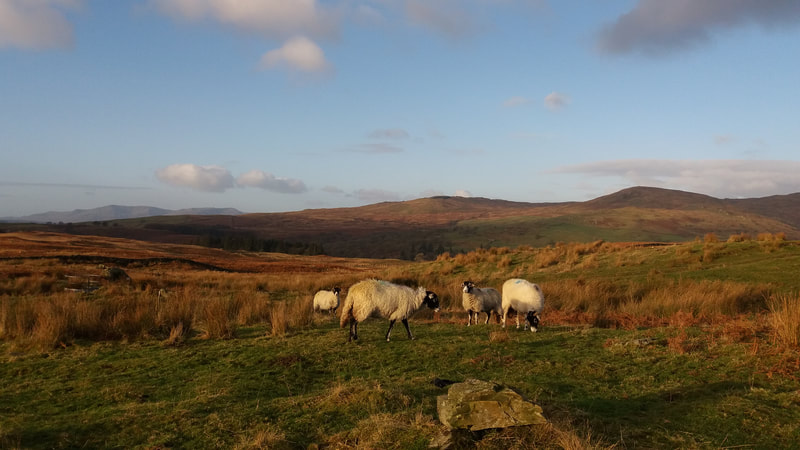
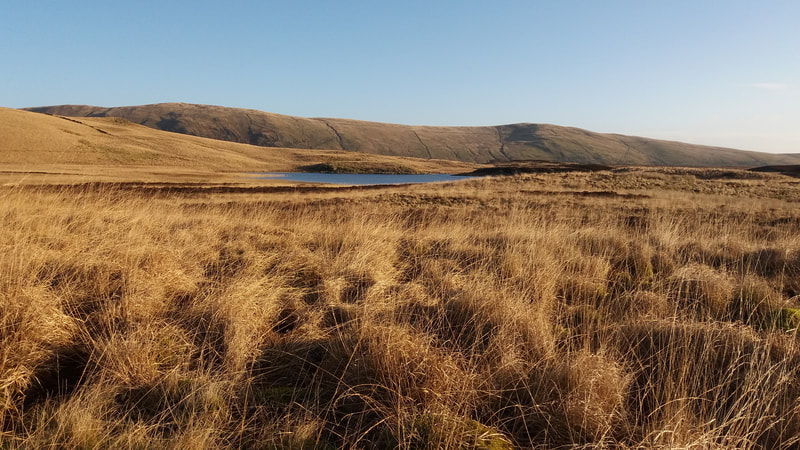
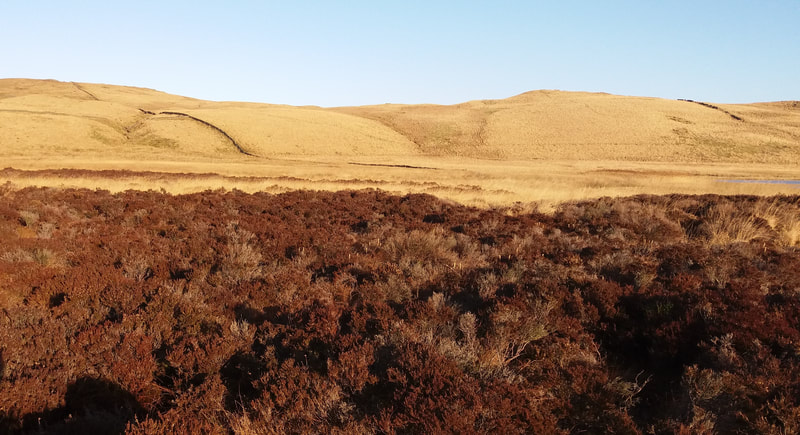
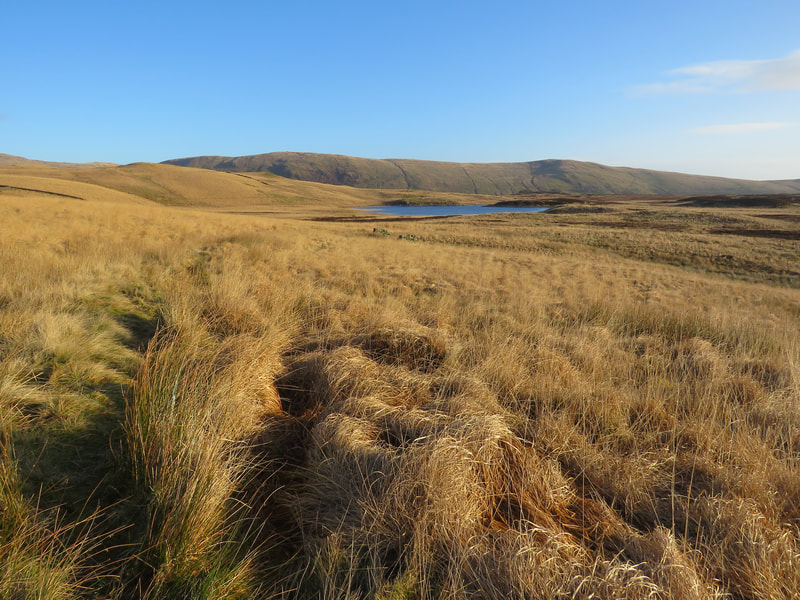
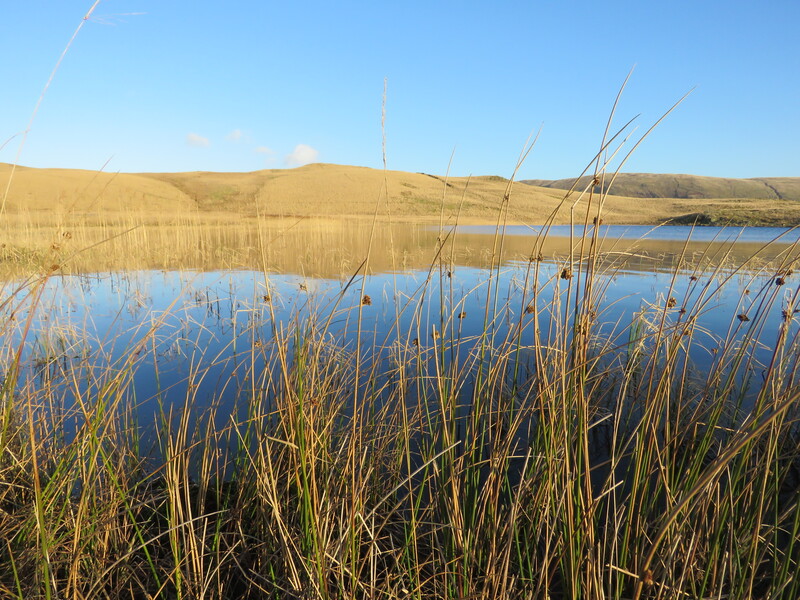
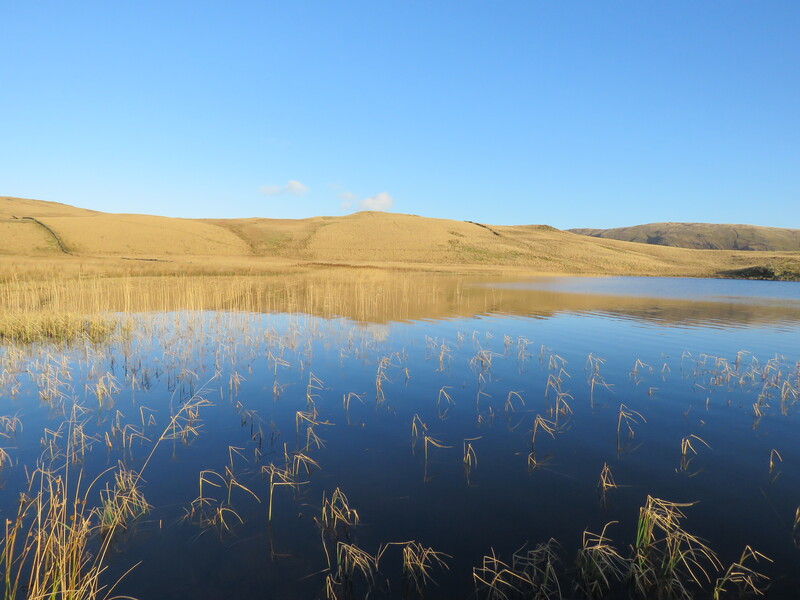


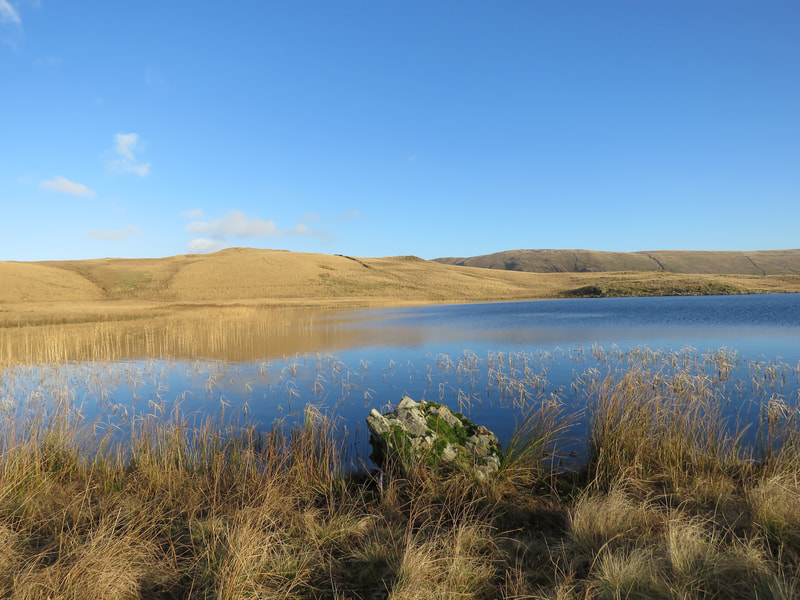
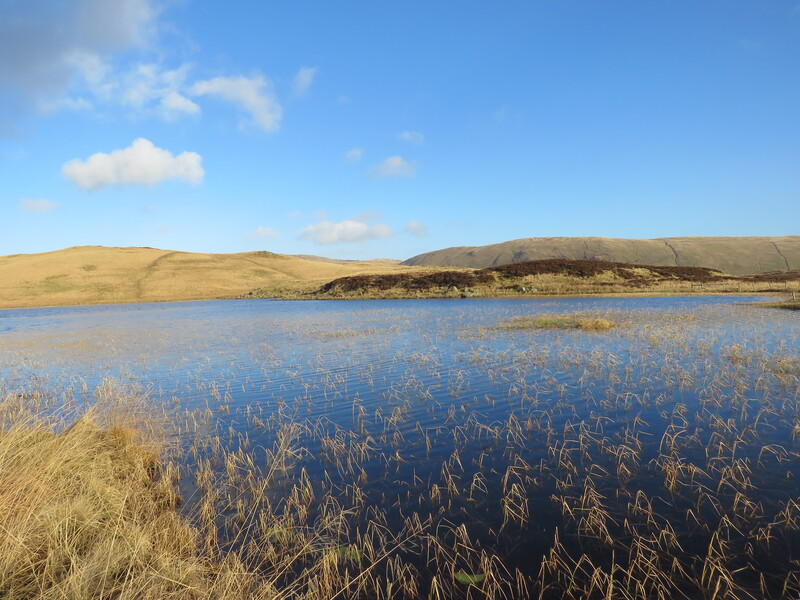
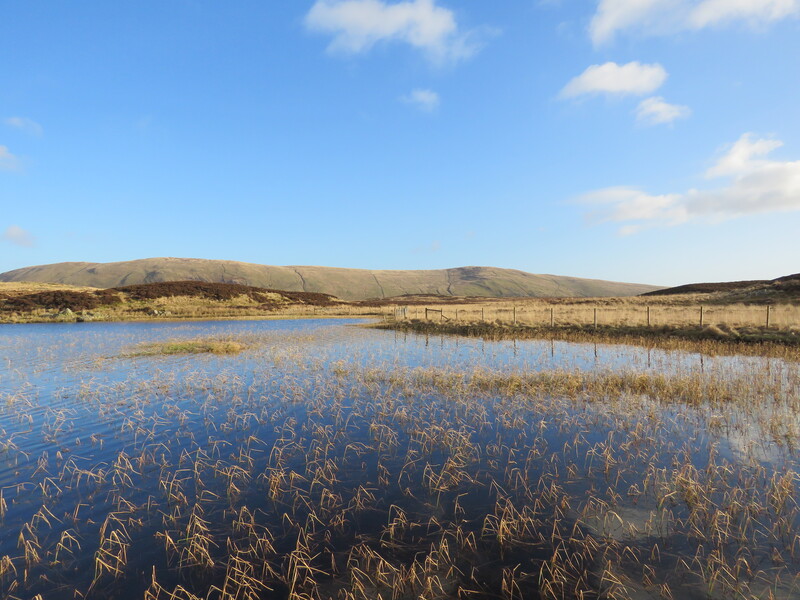

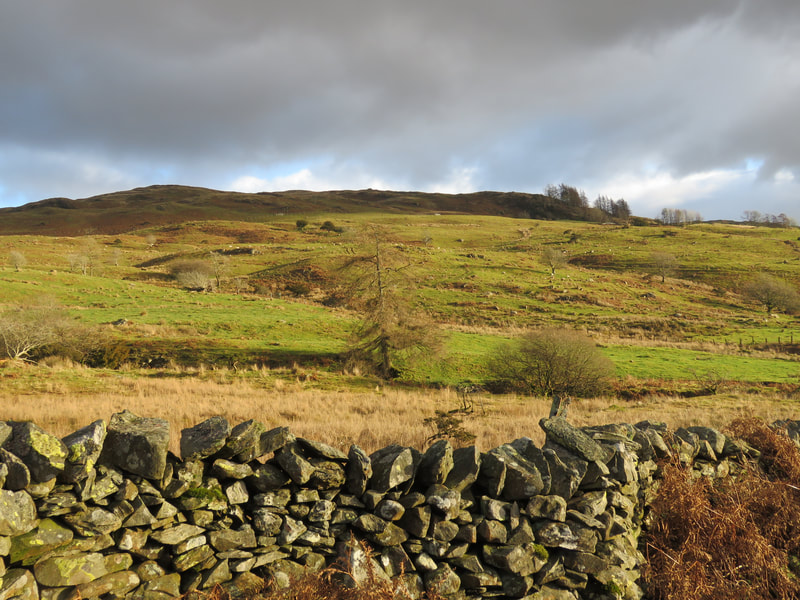
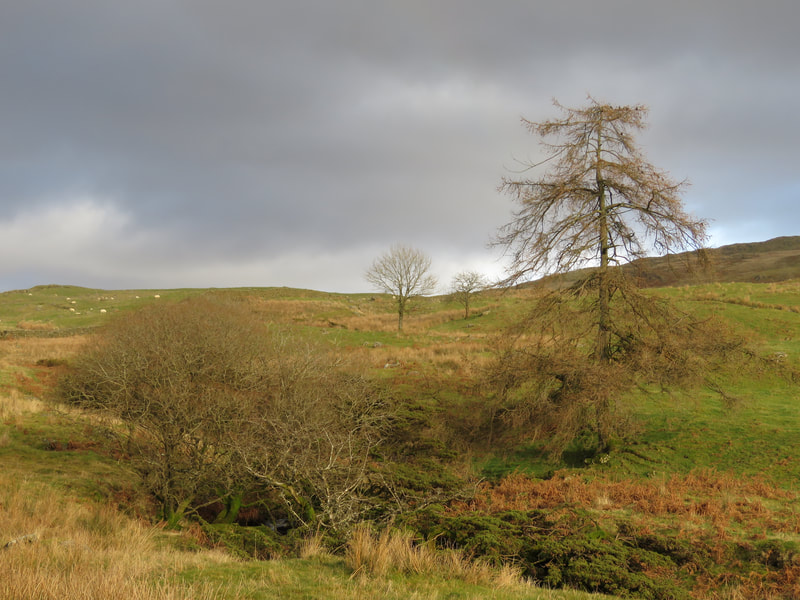
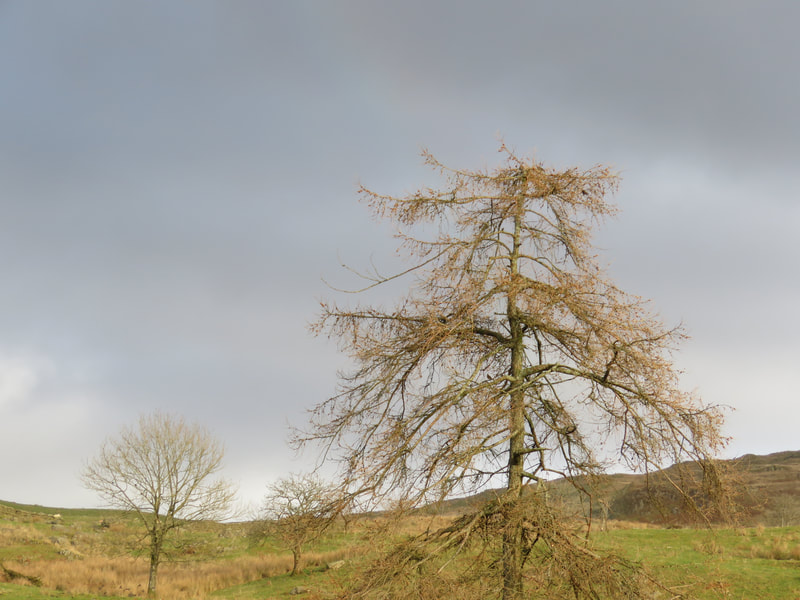
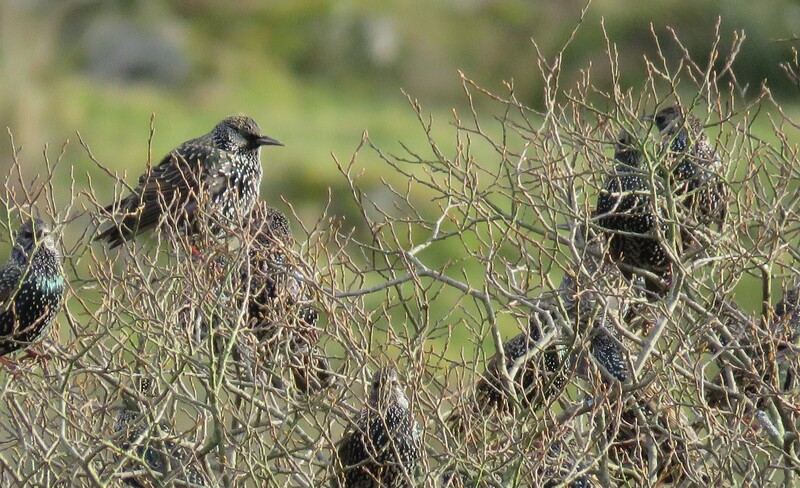
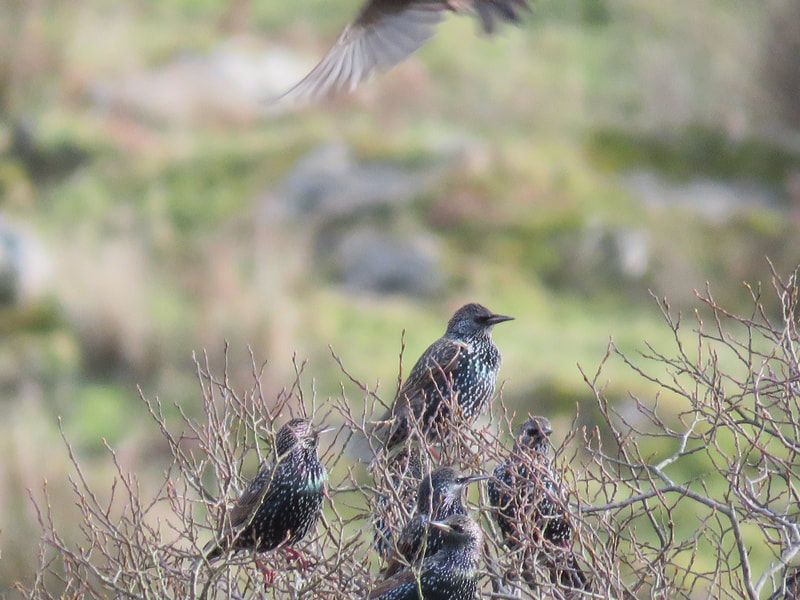
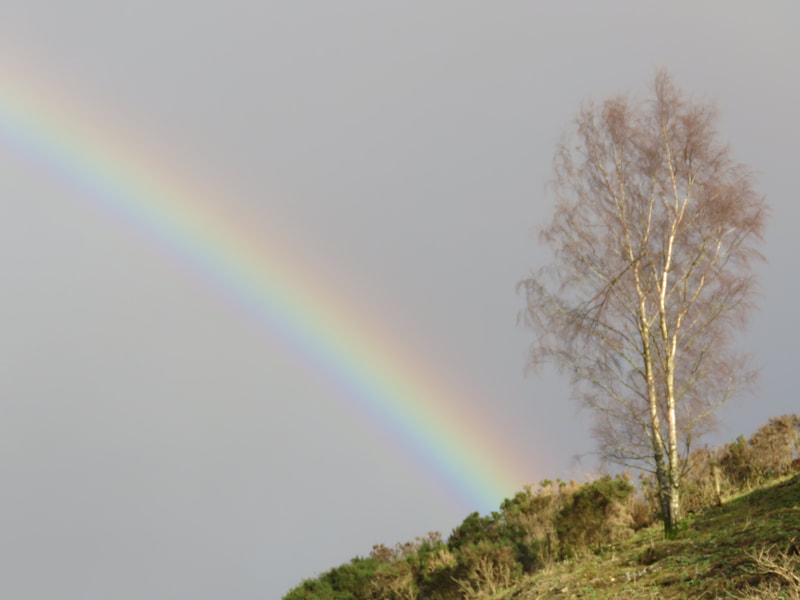
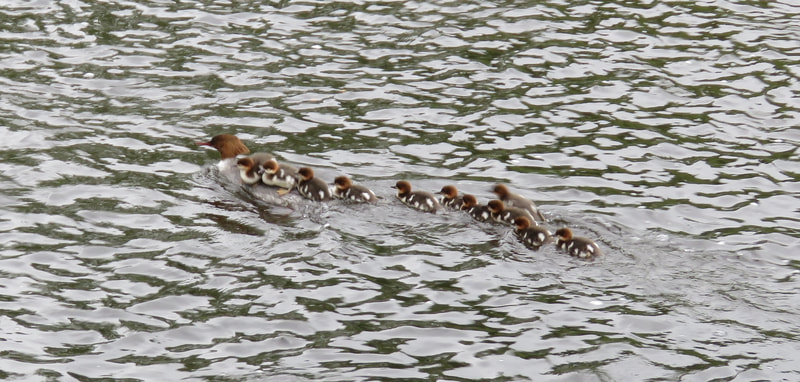


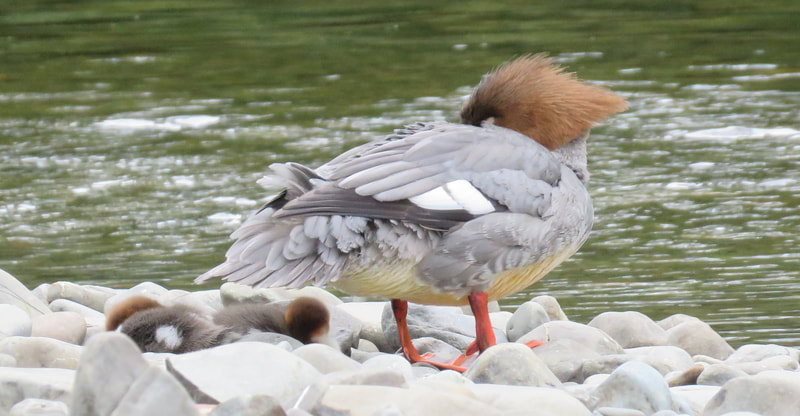
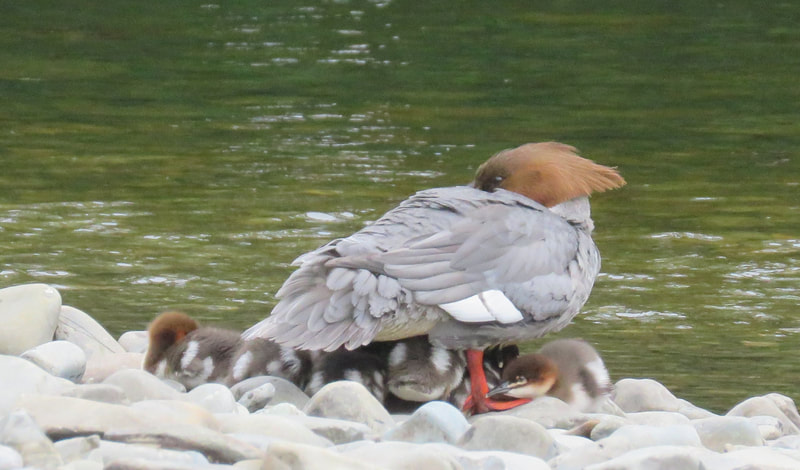
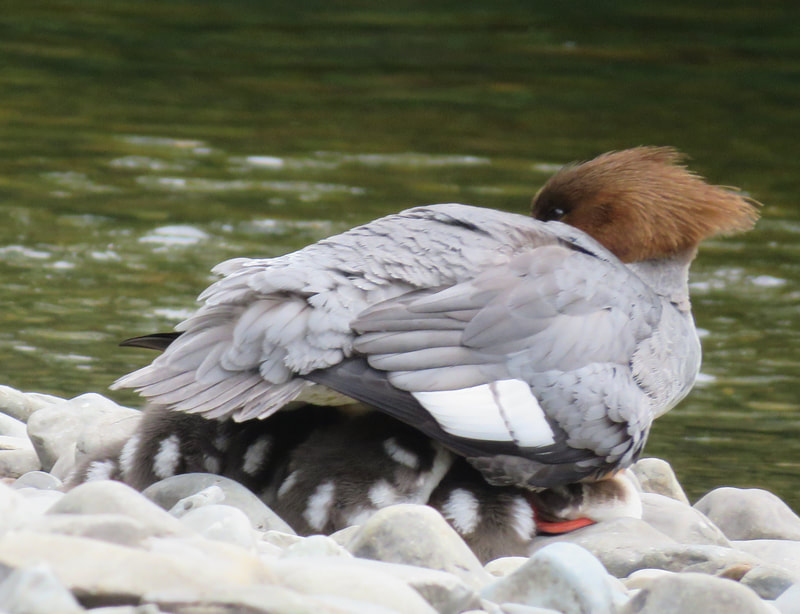
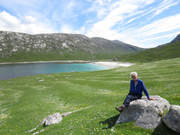
 RSS Feed
RSS Feed